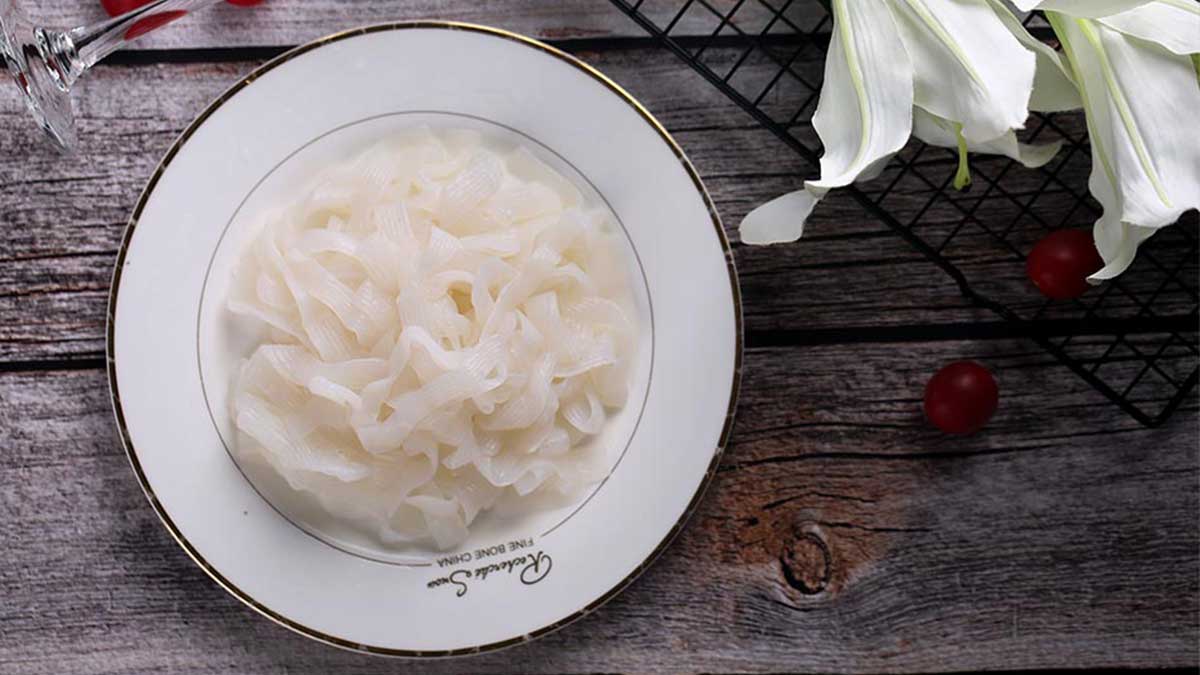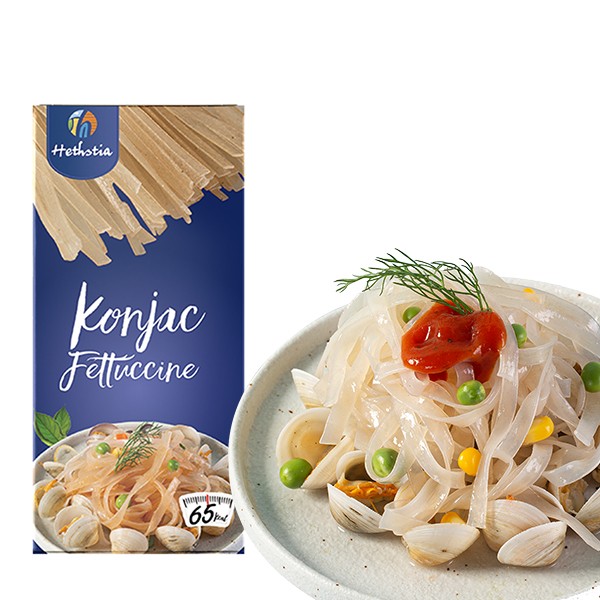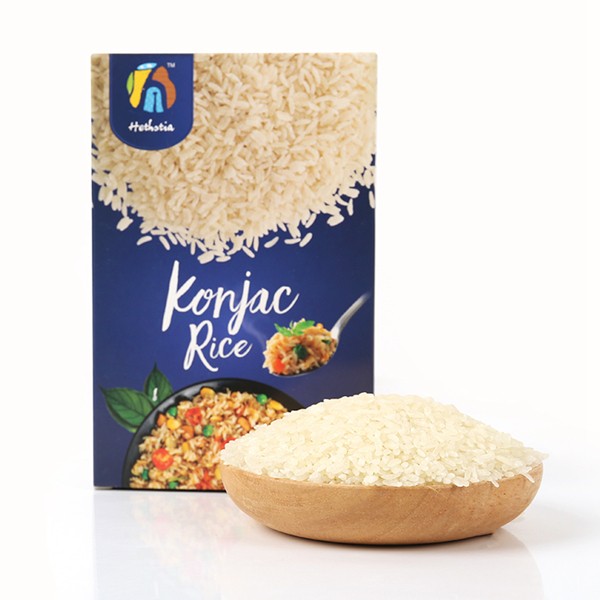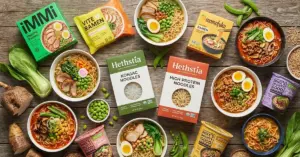Diabetes is caused by various pathogenic factors such as genetic factors, immune dysfunction, microbial infections and toxins, free radicals and toxins, and psychological factors acting on the body, resulting in metabolic disorders including sugar, protein, fat, water, and electrolyte imbalances.
Diabetes is divided into type 1 diabetes, type 2 diabetes, and other special types of diabetes. Type 1 diabetes is an autoimmune disease. Type 2 diabetes is the adult-onset type, which mostly occurs after the age of 35-40 and accounts for over 90% of diabetes patients. The ability to produce insulin in patients’ bodies is not completely lost but rather in relative deficiency.
Typical Symptoms
The main characteristic in clinical practice is high blood sugar. Typical cases may exhibit symptoms such as polyuria, polydipsia, polyphagia, and weight loss, known as the “three polys and one less.
Family Prevention and Treatment
Pay attention to regular eating habits, with at least three meals a day, and they should be timed and in moderate portions. There should be a gap of 4-5 hours between meals. Choose light foods with low oil, salt, and sugar content. Cooking methods such as steaming, boiling, cold mixing, blanching, and stewing should be preferred.
Recommended ingredients:
Kudzu root: Relieves muscle tension, reduces fever, moisturizes the mouth, clears rashes, promotes yang energy, and stops diarrhea. It is used for thirst, heat-induced diarrhea, and dysentery.
Winter melon: Clears heat, nourishes the stomach, and moisturizes the mouth. It can treat edema, bloating, coughing, wheezing, summer heat-induced irritability, and thirst.
Konjac: Lowers blood pressure, reduces blood sugar, relieves bruising and swelling, facilitates bowel movements, relieves constipation and abdominal pain, soothes sore throat, controls weight, and aids in weight loss and body shaping.
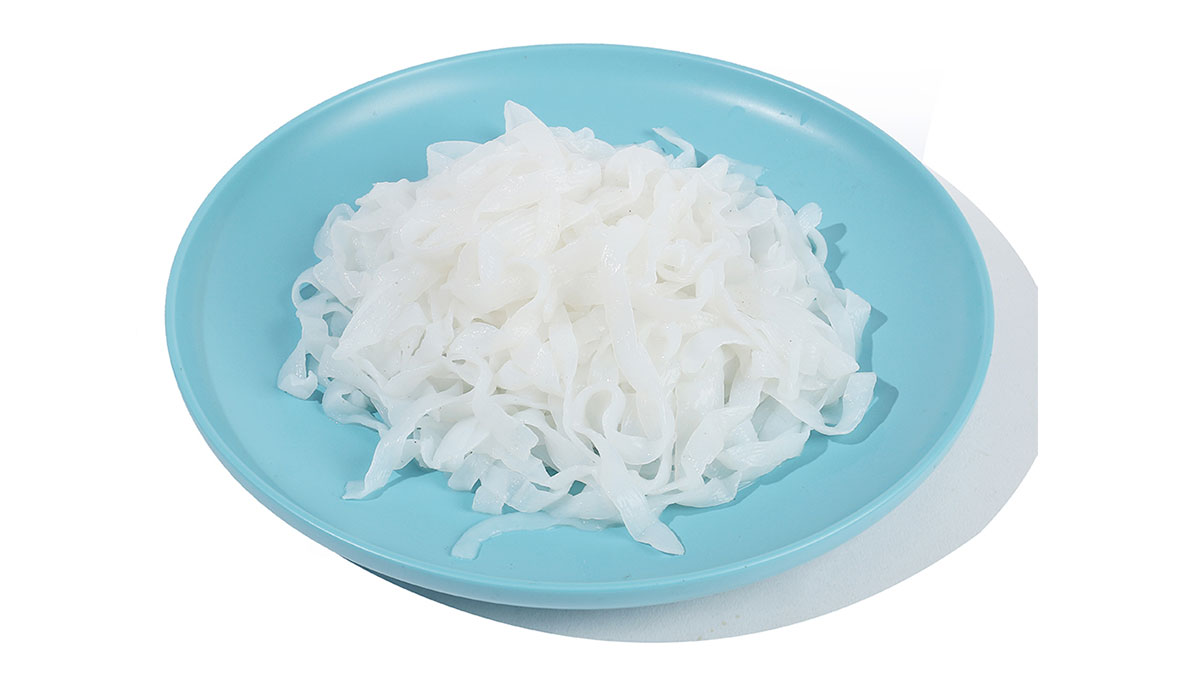
1. Vegetarian recipes for diabetics: Stir-Fried Konjac Noodles
Ingredients: 200g konjac noodles, 40g carrots, 25g green bell pepper, a small amount of ginger slices, minced garlic, and chopped scallions. 4g salt, 2ml light soy sauce, and an appropriate amount of cooking oil.
Instructions:
1. Julienne the carrots and green bell pepper.
2. Bring water to a boil in a pot, add 2g of salt, and stir in the carrots. Cook for half a minute, then add the konjac noodles and stir well. Cook for another minute, then remove the ingredients.
3. Heat oil in a pan, add ginger slices, minced garlic, and chopped scallions. Stir-fry until fragrant, then add the green bell pepper and stir-fry evenly. Add the konjac noodles and carrots, and stir-fry until well combined.
4. Season with salt and light soy sauce, and stir-fry until evenly seasoned. Remove from heat.
Health benefits: The glucomannan in Konjac prevents the digestion and absorption of cholesterol in the body, effectively reducing blood lipid levels. The high content of water-soluble fiber in konjac absorbs sugars in the stomach, directly enters the small intestine, and inhibits the absorption of sugars, effectively lowering postprandial blood sugar levels.
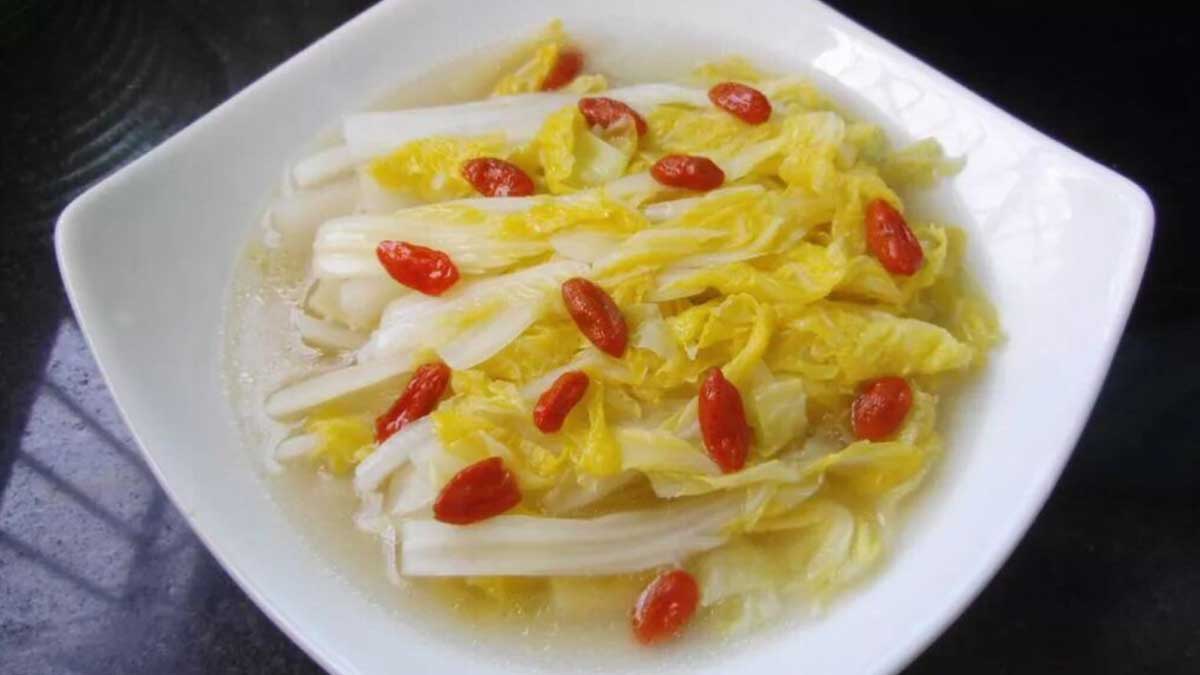
2. Vegetarian recipes for diabetics: Wolfberry and cabbage
Ingredients: 500g cabbage, 20g goji berries, 5g salt, 3g monosodium glutamate, vegetable broth as needed, 15g water starch.
Instructions:
1. Wash and cut the cabbage. Soak the goji berries in water and then wash them.
2. Bring vegetable broth to a boil in a pot. Add the cabbage and cook until tender. Remove the cabbage and place it on a plate.
3. Add the goji berries to the broth, season with salt and monosodium glutamate, thicken with water starch, drizzle with oil, and pour the sauce over the cabbage.
Health benefits: Cabbage can slow down the absorption of glucose in the body, helping to stabilize blood sugar levels.
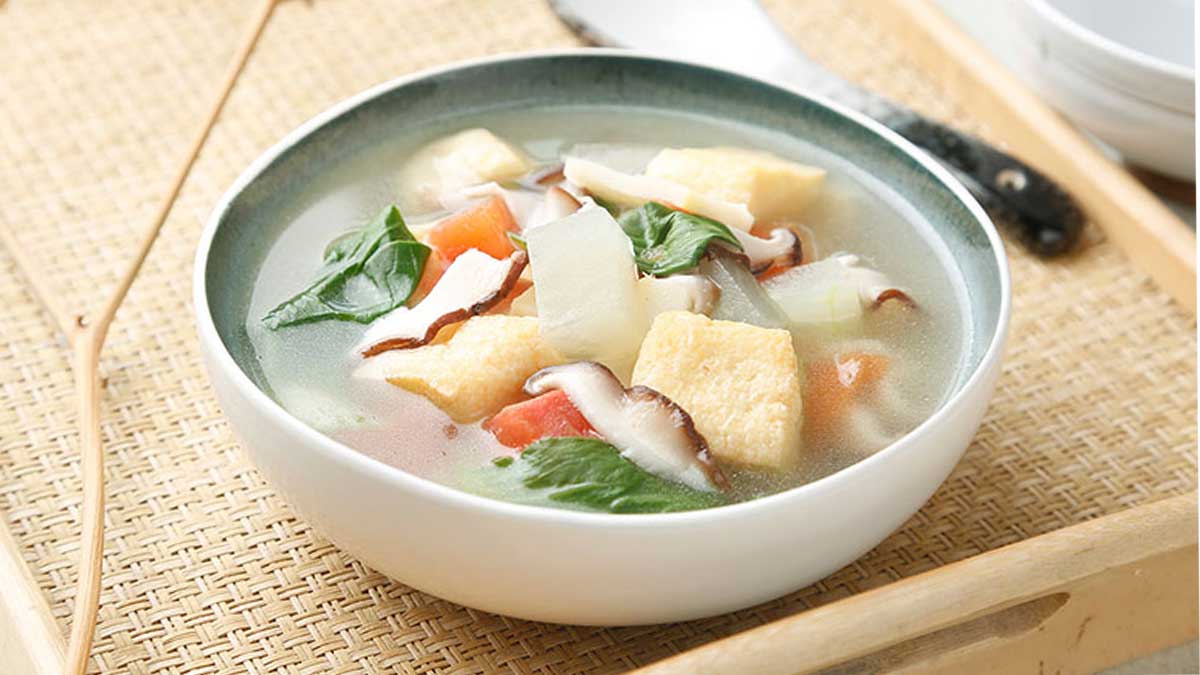
3. Vegetarian recipes for diabetics: Three Mushroom Winter Melon Soup
Ingredients: 100g winter melon, 25g shiitake mushrooms, 25g oyster mushrooms, 25g button mushrooms, 2g pepper, 3g monosodium glutamate, 5g salt, a small amount of ginger slices and minced scallions, 500ml broth.
Instructions:
1. Wash and slice the three types of mushrooms. Peel and slice the winter melon.
2. Place a pot over high heat, add the broth, and bring it to a boil. Add the winter melon and mushrooms, and simmer for a short while.
3. Add salt, monosodium glutamate, ginger, minced scallions, and pepper. Drizzle with a little oil.
Health benefits: Winter melon is low in calories and low in fat, making it an ideal vegetable for diabetes patients.

4. Vegetarian recipes for diabetics: Yuzhu (Polygonatum odoratum ) Honey Tea
Ingredients: 20g yuzhu (Polygonatum odoratum), 15g honey.
Instructions:
1. Steep the yuzhu in 600g boiling water for 30 minutes.
2. After removing the residue and allowing it to cool, add honey and stir.
Health benefits: Yuzhu has a neutral nature and sweet taste with a slight bitterness. It enters the lung and stomach meridians and has the functions of nourishing yin, moisturizing dryness, generating fluids, relieving thirst, improving myocardial ischemia, alleviating atherosclerotic plaque formation, dilating peripheral blood vessels and coronary arteries, prolonging the tolerance to hypoxia, strengthening the heart, lowering blood lipids, and reducing blood sugar.
FAQ
Is konjac good for diabetes?
What kind of noodles are best for diabetics?
Konjac noodles, of course.
Konjac noodles contain a glucomannan component, which has good water solubility and can absorb a lot of water to form a gel. This gel has a strong adhesion and can help remove waste and toxins in the intestinal tract, to maintain intestinal health. In addition, konjac can also lower cholesterol, regulate blood sugar, improve constipation, etc., which is important for maintaining human health.
Are konjac noodles low glycemic?
General normal people can consume konjac noodles to replace the staple food, high blood sugar people can also consume konjac noodles, but diabetic patients should pay attention to calculate the total calorie intake in a day, to avoid a large number of consumption to increase the burden on the gastrointestinal tract, triggered by the aggravation of physical discomfort.
Are konjac noodles keto friendly?
Yes, konjac noodles are keto-friendly.
They are an excellent choice for anyone following a ketogenic diet due to their extremely low carbohydrate content.
Konjac noodles are an excellent addition to a ketogenic diet, helping to diversify meals while keeping carb intake minimal.
Can you fry konjac noodles?
Yes, you can fry konnyaku noodles and they make a delicious accompaniment to a variety of dishes.
Frying helps improve their texture and flavor, making them more similar to traditional noodles.
Deep-frying konjac noodles turns them into a tasty part of a stir-fry or any dish that might use regular noodles, providing a low-calorie and low-carb alternative that’s perfect for a variety of dietary needs.
Is konjac high in carbs?
Not high, each 100g konjac contains about 17.5g carbohydrate, carbohydrate content is not high, diabetic patients can eat in moderation.

